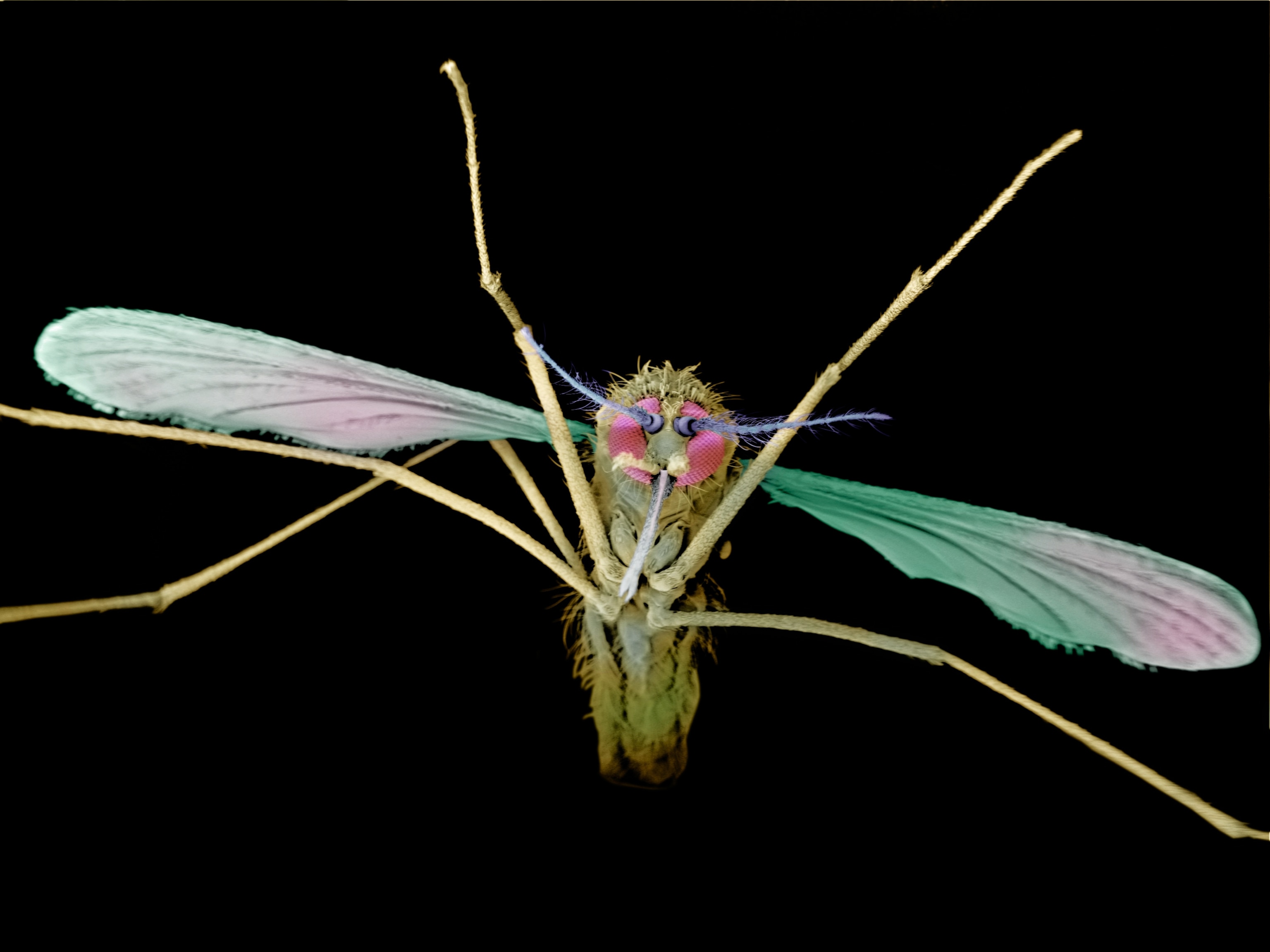
DIY Bedbug Trap: Cheap, Easy, Effective
Homemade device can alert people to the earliest stage of an infestation.
Fill an old coffee cup with ten tablespoons (150 grams) of sugar, two tablespoons (30 grams) of yeast, and one and a half quarts (one and a half liters) of water, and put it in the middle of an upturned dog bowl.
Voila! You have just made a bedbug detector that beats others on the market and is much cheaper.
This do-it-yourself (DIY) device to trap bedbugs was created by Narinderpal Singh, Changlu Wang, and Richard Cooper from Rutgers University in New Jersey. It does not kill the bugs, but it can alert homeowners to infestations at their earliest stages, when the bugs are more easily exterminated.
"This is about early detection. When you detect the bugs, then you can call the professionals," says Singh, whose study was published in the Journal of Economic Entomology.
Bedbugs are blood-sucking insects that have been feasting on humans for thousands of years. In the 1940s, they were mostly eradicated in the developed world using insecticides, but they are enjoying a resurgence that leaves tens of thousands of people with itchy welts.
Many scientists are racing to find new ways of dealing with the bugs, including synthetic bean leaves that impale their feet.
Detection Is Key
But spotting them is also a problem. The adult insects are about one-fifth of an inch (five millimeters) long, are mostly active at night, and hide in crevices during the day. This makes them very hard to spot by eye if there are just a few of them.
"By the time people see the bugs, they're already in their thousands," says Singh.
His new trap is just an upturned dog bowl from IKEA covered in surgical tape that has been dyed black. Bedbugs are attracted to black and have a natural tendency to scale vertical surfaces. Those that climb into the bowl have a hard time getting out.
The market's leading bedbug detector—the Climbup insect interceptor—is effectively the same, although its shallower sides are less effective at retaining trapped bedbugs. When Singh tested both designs in a tray and on the floor of an actual infested apartment, he found that the dog bowl captured three times as many bedbugs as the interceptor.
Irresistible Odor
The trap becomes even more effective when it is baited with a cocktail consisting of nonanal and 1-octen-3-ol (two substances found in human body odor), spearmint oil, and coriander Egyptian oil. As in a previous experiment, the team found that these four chemicals are good at attracting bedbugs.
However, sugar, yeast, and water work just as well. The yeast ferments the sugar to release carbon dioxide—the gas that bedbugs use to track down sleeping human hosts. This irresistible vapor lures insects toward the trap from long distances, and in experiments more than doubled the number that were captured.
Only one other monitor on the market actively lures bedbugs—and it costs between 40 and 50 dollars. By contrast, Singh says, "Our design is inexpensive, simple, and convenient. People can make their own after going to any grocery store."





